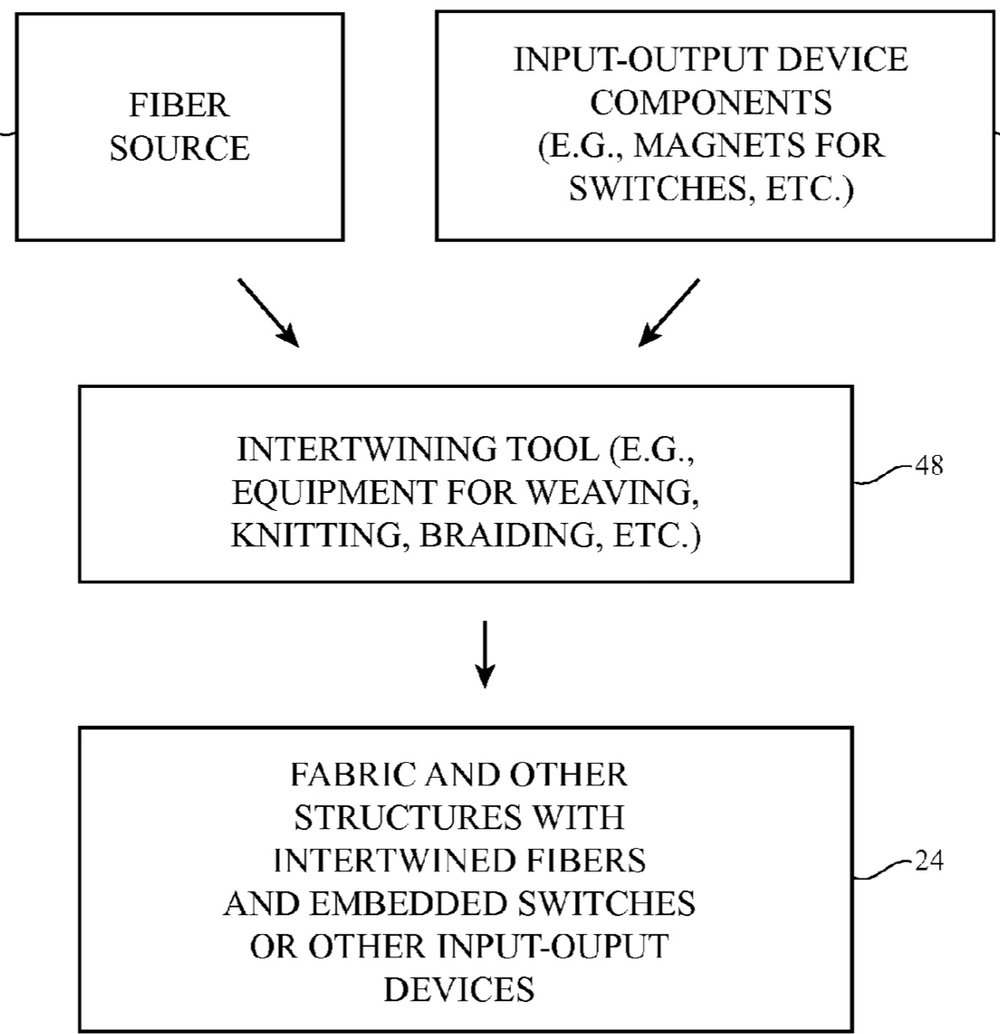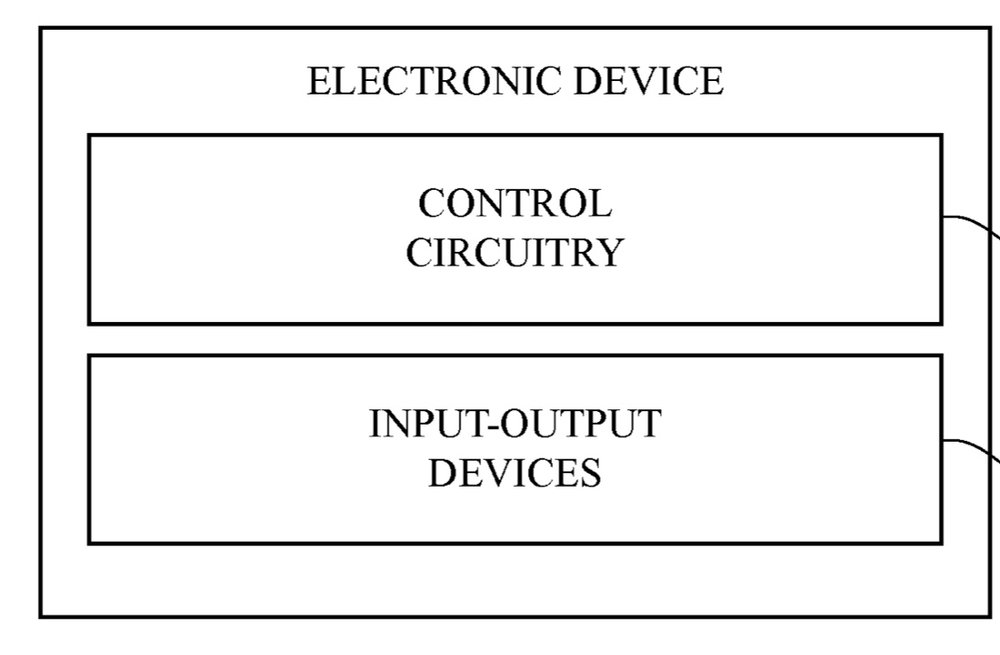A smarter watch band will play a crucial role in Apple Watch’s future as a personal technology device as they begin to incorporate technology and gain additional importance for wearable computing, Neil Cybart of Above Avalon — which is focused on analyzing Apple from a Wall Street and Silicon Valley perspective — said in a 2016 Seeking Alpha article. A newly granted patent shows that Apple is looking into such technology — and is considering taking it beyond the smartwatch.

“The Watch’s future is not found by simply taking the way we use our iPhone and putting it on a smaller screen on our wrist. Instead, the Watch will gradually handle tasks we used to give to our iPhones,” Cybart wrote. “We already see this taking place in terms of sending and receiving messages and paying for things in stores. In addition, the Watch is beginning to handle new tasks like tracking our health.”
Cybart predicted that future Apple Watch bands will include additional sensors, battery volume, and other components. He adds that there are a number of ways Apple could incorporate technology into Watch bands, including even a modular approach, “One real-world example of this type of setup is consumers’ ability to swap out Watch bands for ones with built-in battery, extending the Watch’s usability.
The newly granted patent (number 20170247820) is for a “three-dimensional fabric wth embedded input-output devices.” It involves weaving, knitting, or braiding tools may be used to create three-dimensional fabric with internal pockets. The pockets may be shaped to receive electrical components such as switch electrodes for a switch.
The patent mentions smartphones, tablets, laptops and other electronic equipment, as well as watches. For example, according to Apple, the weaved fabric could be for “a removable external case for stand-alone electronic equipment, may be a strap, may be a wrist band or head band, may be a removable cover for a device, may be a case or bag that has straps or that has other structures to receive and carry electronic equipment and other items, may be a necklace or arm band, may be a wallet, sleeve, pocket, or other structure into which electronic equipment or other items may be inserted, may be part of a chair, sofa, or other seating, may be part of an item of clothing, or may be any other suitable fabric-based item.”

If desired, the fabric may be used in forming part of an electronic device such as a laptop computer, a computer monitor containing an embedded computer, a tablet computer, a cellular telephone, a media player, or other handheld or portable electronic device, a smaller device such as a wrist-watch device, a pendant device, a headphone or earpiece device, a device embedded in eyeglasses or other equipment worn on a user’s head, or other wearable or miniature device, a television, a computer display that does not contain an embedded computer, a gaming device, a navigation device, an embedded system such as a system in which fabric-based equipment is mounted in a kiosk, in an automobile or other vehicle, equipment that implements the functionality of two or more of these devices, or other electronic equipment.
I think the Apple Watch is likely the first recipient of such an invention, should it see the light of day. After all, a previously granted Apple patent (number 20160094259) describes a wearable device that’s coupled to a band including multiple modular functional band links that are each electrically and mechanically connected to one or more other of the band links and/or the wearable device and include one or more electronic components. In various implementations, the wearable device (the Apple Watch) may receive identifiers from each of the band links, determine functionality available using the identifiers, and communicate with the band links to utilize the determine functionality.
In some implementations, the band links may include multiple different output devices and the Apple Watch may determine to provide an output pattern and signal the respective output devices according to the output pattern. In various implementations, the band links may include multiple different input devices and the wearable device may receive input indications from the input devices and perform an action based on a pattern in which the input indications were detected by the respective input devices.
Of course, Apple files for — and is granted — lots of patents by the U.S. Patent & Trademark Office. Many are for inventions that never see the light of day. However, you never can tell which ones will materialize in a real product.
